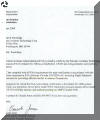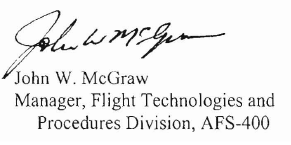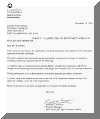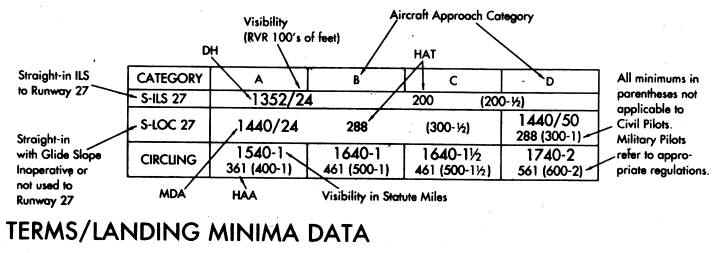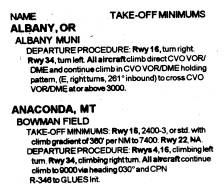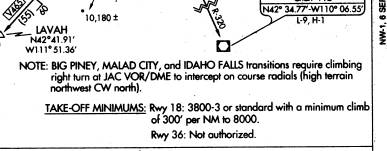QUESTION: Does a Part 135 operator need weather reporting to determine if a flight is VFR?
ANSWER: A Part 135 pilot is competent to provide weather information for VFR operations.
D. Part 135. Whenever a part 135 operator is required to use a weather report or forecast for IFR operations, the operator must use weather reports or forecasts prepared by the NWS, or a source approved by the NWS. Where NWS services are not available, the source must be approved by the FAA. If NWS or other approved reports are not available for VFR operations, a pilot in command (PIC) may use weather information based on his own observations or on those of other competent persons. For this purpose, the FAA considers certificated commercial pilots, airline transport pilots, dispatchers, air traffic controllers, and trained weather observers competent to provide weather information for part 135 VFR operations.
Source: http://fsims.faa.gov/PICDetail.aspx?docId=EE2EBFD3E81834CB8525734F007665BC
===========
QUESTION: Is a ceiling required for a Part 135 operator to take off?
ANSWER: Ceiling is only a constraint when the aircraft is unable to maintain the published climb gradient.
2) Approval of non-federally owned and operated AWOS.
a) Automated systems installed and operated as independent systems under the guidelines of AC 91‑54 are not approvable for part 121 and part 135 operations. This type of system may be used only as a basic source of weather data for a SAWRS.
b) AWOS-1 installed, operated, and maintained under the guidelines and specifications in AC 150/5220-16 or part 171 subpart K are not approvable for part 121 /135 operations when operated as an independent system. This type of system may be used as a basic source of weather data for a SAWRS.
c) AWOS-2 that meet the criteria of AC 150/5220-16 or part 171 subpart K are approved for part 121 and part 135 operations with the following limitations:·
An IFR operation which requires ceiling information as a condition for conducting that operation is not permitted at airports where AWOS-2 reports are the official source of weather information,·
AWOS-2 airports cannot be used for alternate airports based solely on AWOS-2 reports (no cloud height information),·
AWOS-2 reports may not be used as the sole basis for determining if VFR conditions exist at airports without operational control zones,·
POIs must examine each request for approval for AWOS-2 operations and are authorized to impose any additional limitations determined necessary, and· At airports where ceiling information is required to comply with nonstandard takeoff minimums dictated by part 97 or OpSpecs, IFR takeoffs are prohibited if an AWOS-2 is the sole source of weather information.
Note: At airports where a climb gradient alternative is specified, however, this restriction would not apply to aircraft capable of meeting climb gradient criteria.
source FAA FSIMS: http://fsims.faa.gov/PICDetail.aspx?docId=EE2EBFD3E81834CB8525734F007665BC
|
